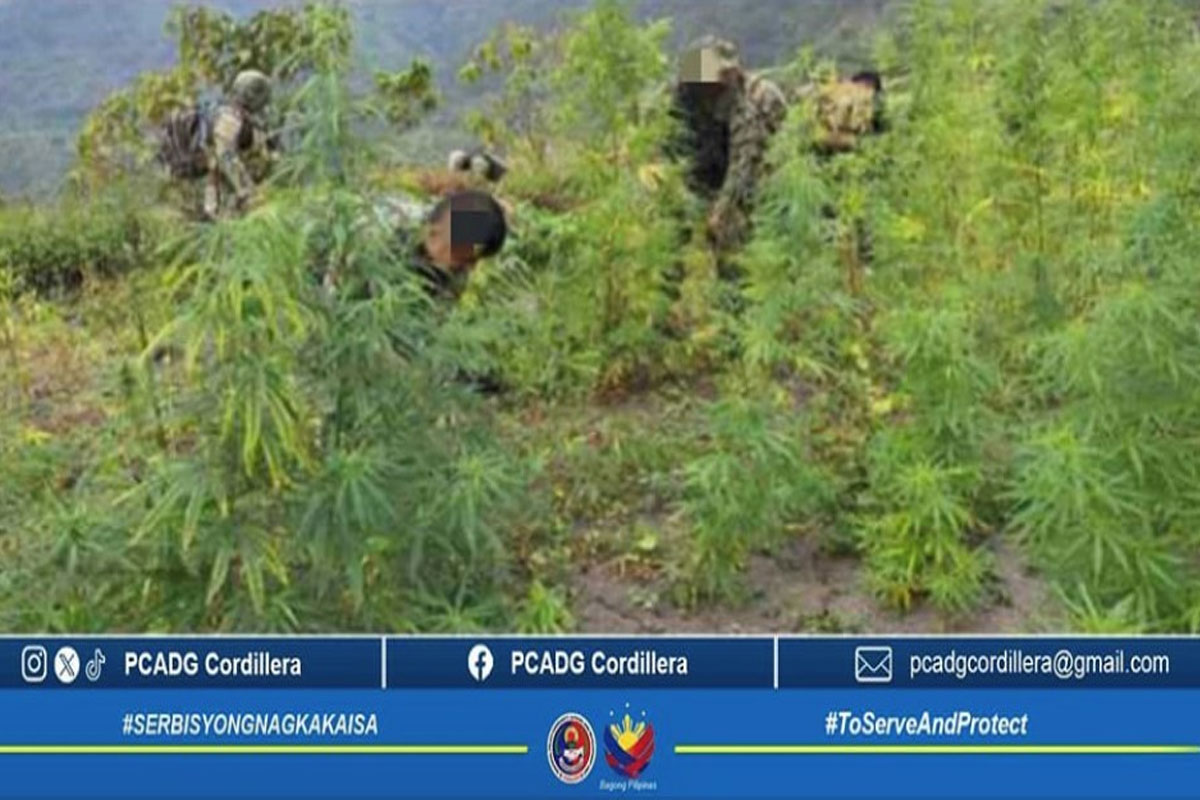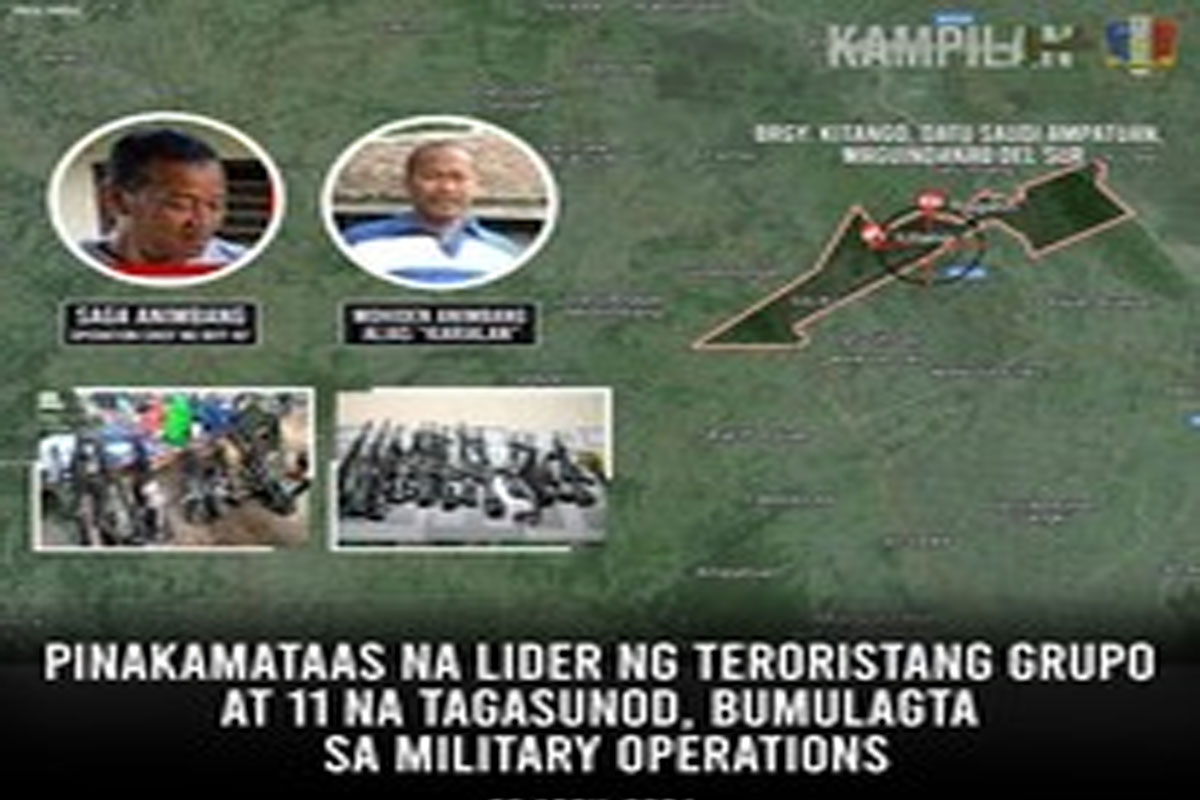
Phivolcs records phreatomagmatic bursts in Taal
BATANGAS – A total of nineteen very weak phreatomagmatic bursts have been detected by remote camera monitoring of the Taal Main Crater between 8:50 a.m. and 1:30 p.m. October 21, all emanating from a vent on its northeastern side, according to the Philippine Institute of Volcanology and Seismology (Phivolcs).
Some of the recorded phreatomagmatic activity produced 200-meter-tall steam-rich plumes, with a few emanating from very short dark ash plumes that immediately collapsed into the Main Crater Lake (MCL).
Many bursts were obscured by constant upwelling of hot volcanic gas in the MCL, while all events did not generate detectable signals in the seismic and infrasound records.
Presently, Taal MCL has an acidity of pH 0.76 and temperatures reaching 65.1 ºC based on measurements on October 12, 2022. Sulfur dioxide (SO2) flux averaged 6,702 tonnes/day on October 20, 2022.
Phivolcs reminded the public that Alert Level 1 prevails over Taal Volcano, which means that it is still in abnormal condition and should not be interpreted to have ceased unrest nor ceased the threat of eruptive activity.
Should current phreatomagmatic activity worsen or pronounced changes in monitored parameters forewarn of increasing unrest, the Alert Level may be raised to Alert Level 2.
At Alert Level 1, sudden steam-driven or phreatic explosions, volcanic earthquakes, minor ashfall, and lethal accumulations or expulsions of volcanic gas can occur and threaten areas within Taal Volcano Islands (TVI).
Phivolcs strongly recommends that entry into TVI, Taal’s “permanent danger zone” or PDZ, especially the vicinities of the Main Crater and the Daang Kastila fissure, must remain strictly prohibited.
Local government units (LGUs) are advised to continuously assess previously evacuated barangays around Taal Lake for damages and road accessibilities and to strengthen preparedness, contingency, and communication measures in case of renewed unrest.
People are also advised to observe precautions due to ground displacement across fissures, possible ashfall, and minor earthquakes.
Civil aviation authorities must advise pilots to avoid flying close to the volcano as airborne ash and ballistic fragments from sudden explosions and wind-remobilized ash may pose hazards to aircraft.

















